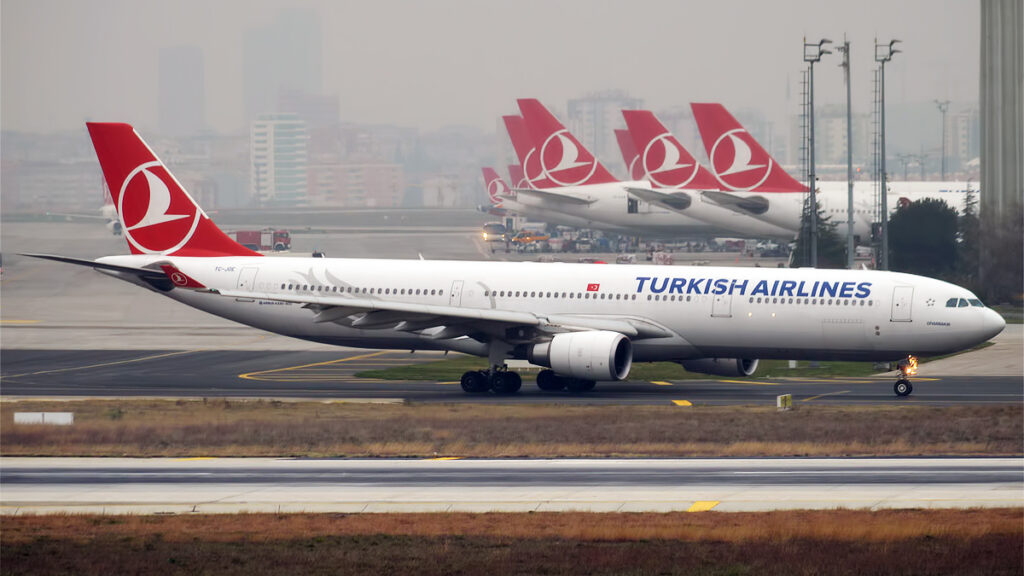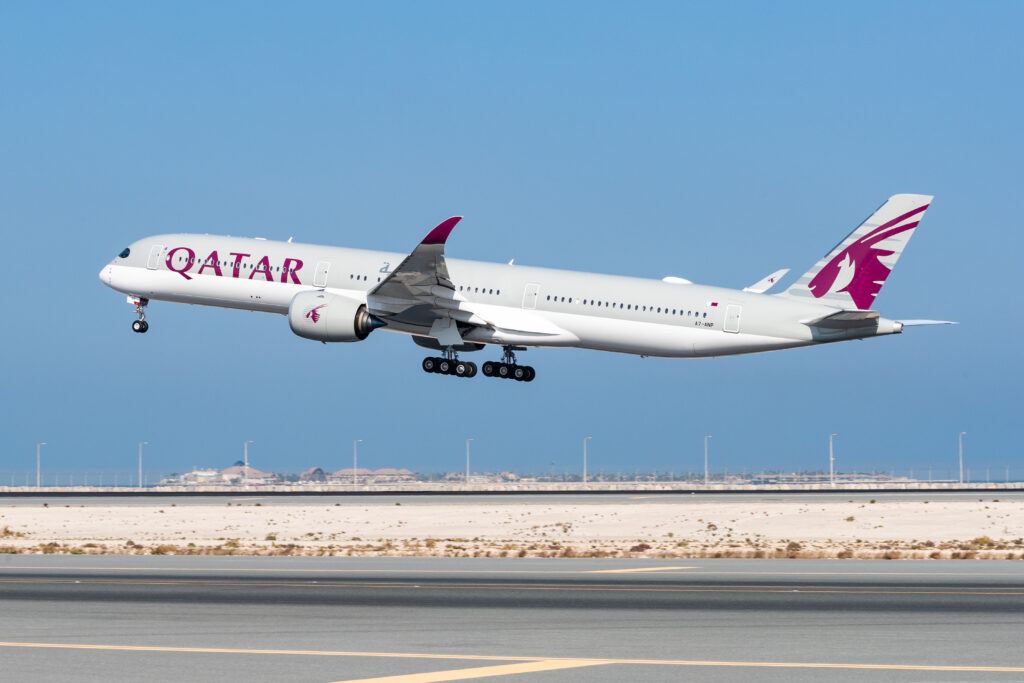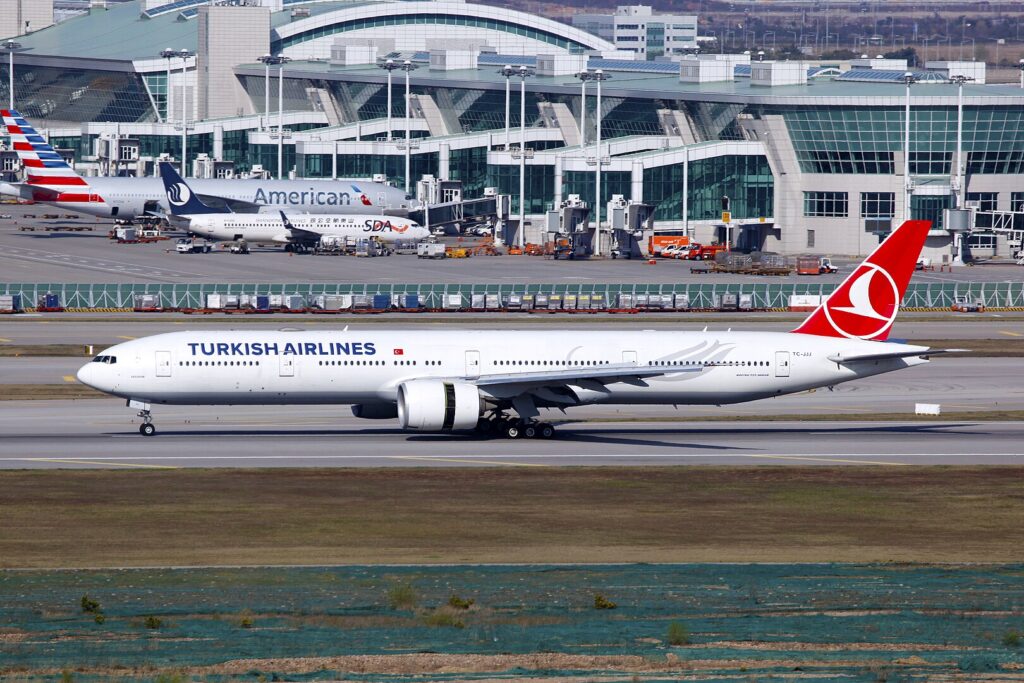ISTANBUL- Turkish Airlines (TK) is on the verge of expanding its flight operations to Australia, gaining the ability to operate up to 35 services each week.
This significant development comes as part of a sought-after set of air rights, allowing the airline to make stopovers in the Middle East or Singapore. This move is expected to exert downward pressure on flight costs to Europe.

Turkish Airlines Australia Flights
Australia recently updated its air rights agreements, encompassing new arrangements with Canada, Chile, Hong Kong, France, Papua New Guinea, the Solomon Islands, and Vietnam.
Notably, Turkey’s flag carrier secured fifth freedom rights, enabling enhanced flexibility in its operations. This decision followed a bilateral air rights controversy earlier in the year when the Australian government faced objections from the aviation, trade, and tourism industries for rejecting Qatar Airways’ (QR) proposal to double its flights to Australia.
A fifth freedom flight pertains to an international service that neither takes off from nor lands in the carrier’s home country. Typically, these flights are reserved for tag flight extensions, exemplified by Qantas’ Singapore to London service, which directly follows flights from Australian ports into Singapore.
On December 13, Turkey’s air rights with Australia were modified, specifying that Turkish Airlines is permitted to operate flights from two chosen intermediate points in South Asia, South East Asia, or the Middle East.
This arrangement enables passengers to travel with Turkish Airlines from Australia to destinations like Singapore without the need for an additional leg to Istanbul. Such flexibility is anticipated to intensify competition on these routes, potentially leading to reduced airfares to Europe.
Australia has previously granted fifth freedom rights for passenger services to other countries, including Canada, Hong Kong, India, Japan, and the Philippines.

35 Weekly Flight to Australia by 2025
Under the updated agreement, Turkish Airlines will have the authorization to initiate its services to Australia with an increased frequency of up to 21 flights per week, compared to the initial limit of seven. This allowance is set to expand to 28 flights in the second half of 2024 and eventually reach 35 flights by 2025. The commencement of these flights is scheduled for March.
Initially, the airline had sought permission for 14 flights a week, intending to operate daily services to Sydney and Melbourne.
While Turkish Airlines expressed its intention to fly to Australia in November of the previous year, the formal application for bilateral air rights was submitted earlier this year.
Additionally, the airline placed a substantial order for over 220 Airbus aircraft last week, which included 15 A350s. In a recent statement to The Australian Financial Review, the airline mentioned the possibility of operating these planes on direct flights from Australia’s east coast to Istanbul.

Qatar Airways Australian Right Rejection
The rejection of Qatar Airways led to a Senate inquiry and accusations of Qantas (QF) exerting undue influence over the government. Among all airlines known, Emirates (EK) was the sole entity opposing Qatar’s request for additional flights.
These extra flights were anticipated to lower airfares on European routes and contribute significantly to increased tourism revenue. Notably, Qantas refrained from lodging any objection to Turkish Airlines’ application to operate flights to Australia.
As per the bilateral air rights agreement between Qatar and Australia, Qatar Airways is authorized to operate 28 weekly services to key Australian airports and unrestricted services to regional ports. Qatar Airways boasts one of the highest passenger load factors among international carriers serving Australia and currently operates at full capacity.
In contrast, Australia’s bilateral air service agreement with the United Arab Emirates dictates that Emirates and Etihad (EY) combined may conduct 168 weekly services to Australia’s four major airports. Still, they are presently operating only 70 services.
Etihad is transporting 60% fewer passengers from Australia to the UAE compared to pre-2019 levels, while Emirates has experienced a roughly 15% reduction. Emirates is second only to Qantas in terms of carrying the largest number of passengers departing from Australia.
Stay tuned with us. Further, follow us on social media for the latest updates.
Join us on Telegram Group for the Latest Aviation Updates. Subsequently, follow us on Google News.

